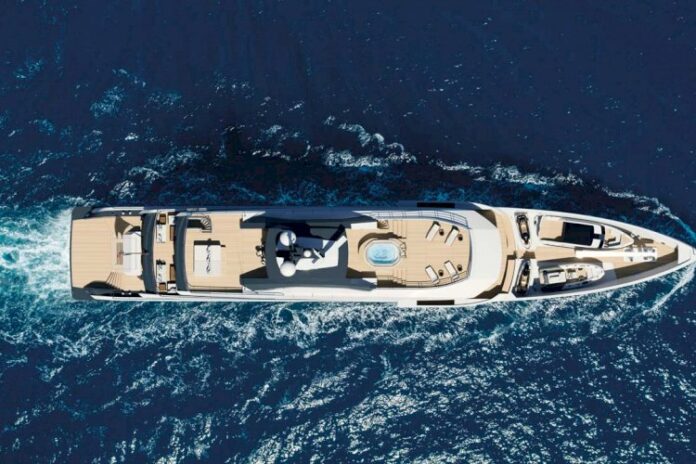This latest contract follows on from last year’s announcement that Damen Yachting awarded Alewijnse a similar contract to work on the first two AMELS 60 vessels, meaning that Alewijnse is now working on all four AMELS 60 vessels that are at various stages of engineering and construction.
In its role of all-round electrical systems integrator, Alewijnse has a well-established relationship with AMELS and Damen Yachting, having worked on multiple projects in the past. As such, the company’s design and installation engineers form a valuable part of the superyacht-building team at the Damen Yachting yard in Vlissingen, the Netherlands.
In particular, the knowledge built up so far by Alewijnse on its work on the first two AMELS 60 superyachts put it in a prime position to deliver excellent systems integration on the third and fourth vessels in this range of AMELS Limited Editions superyacht.
Dick Breure, Alewijnse sales manager, says:
“Just as with the first two AMELS 60 superyachts, we will providing the comprehensive package of electrical installation and systems integration. This includes the Integrated Bridge System, Audio-Video systems and IT network as well as the hybrid propulsion system.”
As current projects demonstrate, this experience is resulting in streamlined and efficient work procedures. Alewijnse has completed the majority of the engineering work for the first two vessels, in what is a cooperative process with the Damen Yachting team.
Dick Breure says that while the AMELS 60 range of superyachts are built in series, they are still customizable to owner demands:
“Yes, the major equipment like generators and switchboards are the same, but the systems that are closer to the owner are more flexible. To this end, we will be using the lessons learnt from the first two vessels on the second two vessels.”



